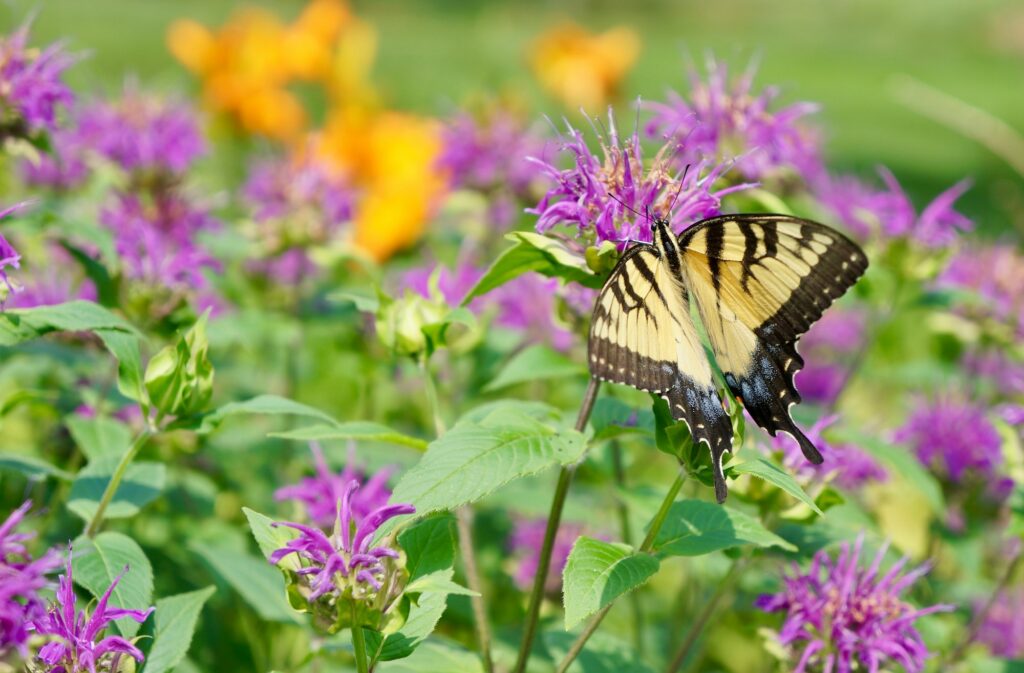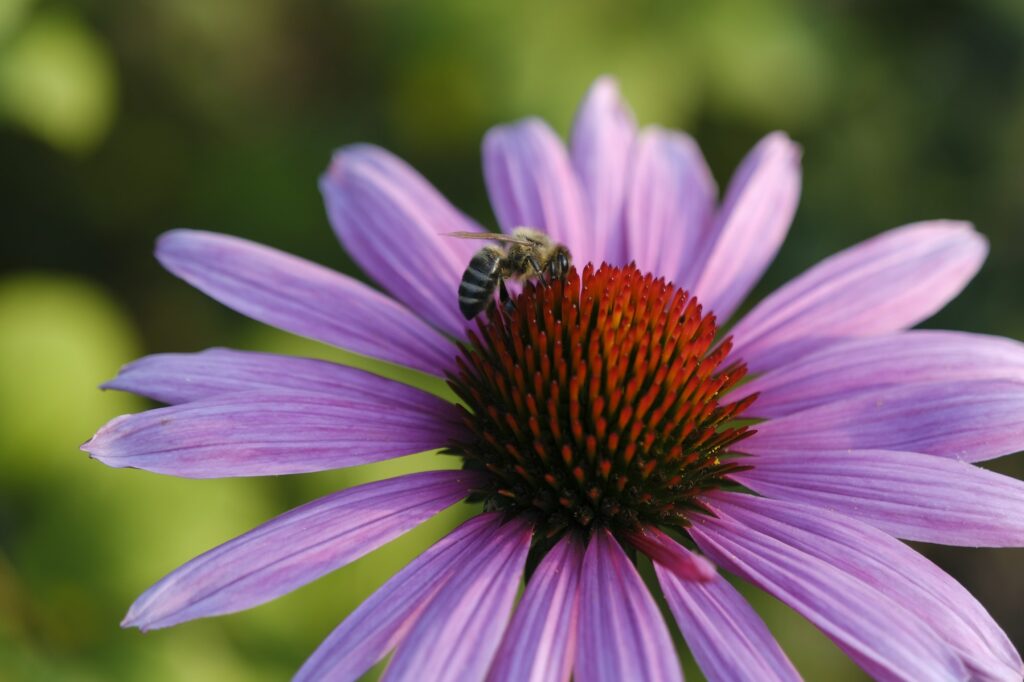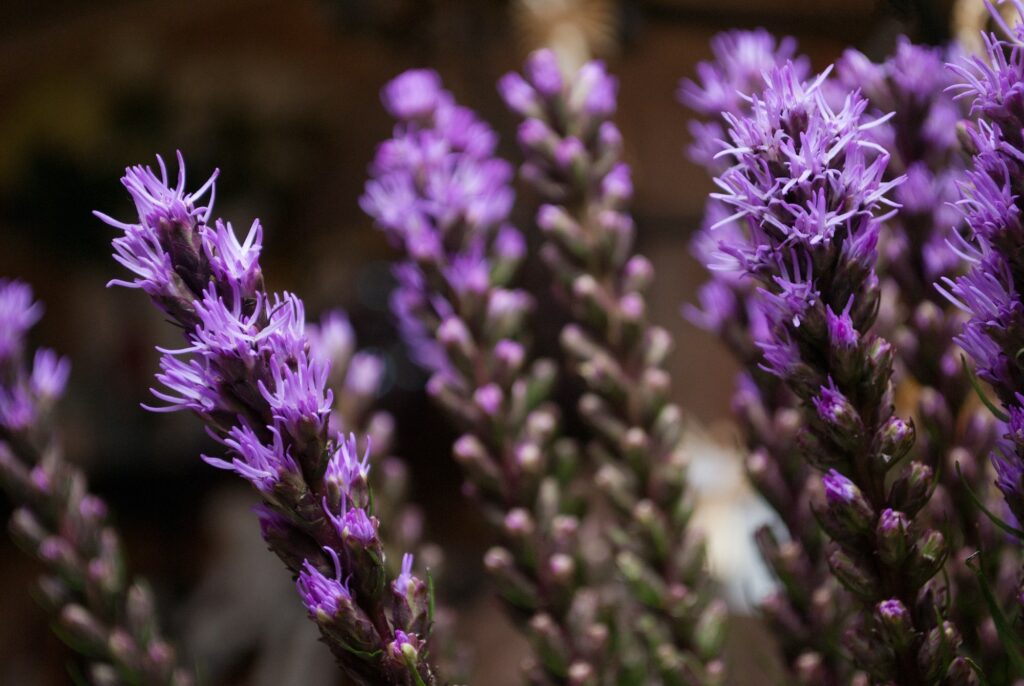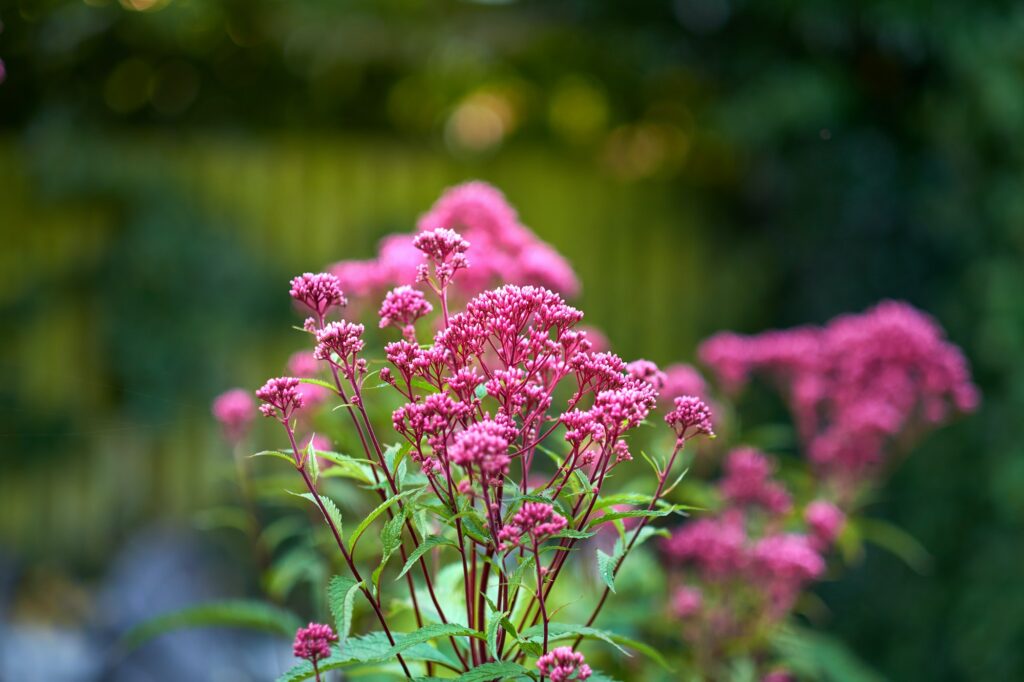The Complete Guide To The Best Plants For Honey Production
Honey is a popular sweetener used for centuries in many cultures. Honey Bees produce honey from the best flowers, and beekeepers who produce this valuable product are constantly trying to find new plants that can be cultivated to provide them with good-quality honey.
In this article, we will tackle the benefits of honey and some plants that may be worth investigating as potential honey sources.
Benefits Of Honey
Honey has always been enjoyable because many people use it in deserts, teas and even on their bread! Below, we’ll explore the benefits of honey:
1. Has A Variety Of Nutrients
Many benefits come with consuming honey. One of the most important nutrients found in honey is potassium. Potassium is essential for keeping blood pressure healthy and maintaining fluid levels.
In addition, it helps to regulate heartbeat, nerve function and muscle contractions. According to recent studies, honey may provide some health benefits independent of its nutrient content.
For example, research has shown that honey can help reduce inflammation and fight off infections. So whether you’re looking for a natural sweetener or a valuable source of nutrients, honey should be at the top of your list!
2. Rich In Antioxidants
Honey contains a lot of antioxidants and has many benefits for people. Honey is a natural antioxidant with high antioxidants, including flavonoids, phenolic acids, and terpenes.
These antioxidants defend your body from free radicals. Free radicals can cause damage to cells and tissues in the body, leading to health problems such as cancer.
3. Good At Maintaining Blood Sugar
Honey has been historically known for its medicinal properties. It is now known that honey can help regulate blood sugar levels and reduce the risk of diabetes. It has antioxidants that can protect cells from damage and improve overall health.
Honey is a natural sweetener that is safe for people with allergies or food sensitivities. It is inexpensive and easy to store, so it can be used as a supplement or as part of a regular diet.
4. Improves Heart Health
Heart health is one of the many benefits of honey. Honey has been a natural remedy used to improve heart health for centuries. There are many reasons why honey can be beneficial to heart health.
For one, honey has anti-inflammatory properties, which can help reduce the risk of heart disease. Additionally, as we have said above, honey is high in antioxidants which can protect the heart from damage.
Honey also contains vitamins and minerals, which can help improve heart function. These benefits make honey a powerful ally in the battle against heart disease.
5. Helps Suppress Coughing
Coughing is a common symptom that can be caused by various respiratory illnesses. Many people find that honey helps to suppress coughing.
Honey has anti-inflammatory properties, which can help to reduce the inflammation associated with coughing. Additionally, honey has a numbing effect which can help to reduce the pain and discomfort associated with coughing.
Finally, honey also contains natural sugars, which can help to provide energy and Boost the immune system.
The 7 Best Plants For Honey Production
1. Bee Balm

Bee balm is a plant that can be used to produce honey. There are many reasons why bee balm should be considered for honey production.
First and foremost, bee balm is an annual plant that will not take over a field or garden like some other types of plants. Secondly, bee balm has shorter blooming periods than other plants, which means it will not block access to the hive for honey bees.
Thirdly, bee balm produces large quantities of nectar, making it an ideal choice for those looking to produce honey on a smaller scale. Lastly, bee balm has substantial medicinal benefits, which make it a powerful ally in the fight against various diseases and ailments.
2. Wrinkleleaf Goldenrod

Wrinkleleaf goldenrod is a North American prairie plant known for its yellow flower and long, slender leaves. The Asteraceae family includes over 8,000 species of plants, all of which can be used to produce honey.
Goldenrod is unique among the Asteraceae because it produces both nectar and pollen, which makes it a good choice for honey production.
There are many reasons why goldenrod may be an excellent choice for honey production. First of all, pollen is high in sugar and thus may contribute to producing high-quality honey.
Finally, goldenrod blooms throughout the year, which means there will always be plenty of nectar available.
3. Purple Coneflower

Purple coneflower is a domesticated plant often used as an ornamental. The plant is known to be one of the best plants for honey production.
There are many benefits associated with purple coneflower that make it an excellent choice for honey production.
One benefit of using purple coneflower to produce honey is that the flower is highly aromatic. This means they will produce a lot of honey, which can be sold commercially or used in cooking.
Additionally, purple flowers are resistant to disease, meaning that they will not suffer from illnesses like other plants might. This makes them ideal for beekeepers who want to keep their hives healthy and from diseases.
4. White Wild Indigo

In the United States, honey is one of the most sought-after foods. It is believed that the production of honey has religious and cultural significance.
Honey is produced by a honey bee from nectar collected from the best flowers. White wild indigo is a plant that can be used to produce honey. Some of the benefits of using this plant for honey production are as follows:
- It grows well in areas with a temperate climate.
- It produces large quantities of nectar.
- The flowers are colourful and attractive.
- The seeds can be used to produce oil and flour.
5. Marsh Blazing Star

The blazing marsh star, also known as the familiar blazing star, is a flowering plant that can produce large quantities of honey. This plant has many benefits for honey production, including an advantage over other plants regarding moisture levels and nutrient uptake.
The Blazing marsh star grows best in moist environments, making it well-suited for areas with high humidity. The plant also has a quick growth rate, quickly taking up space in a bee garden or field.
The blazing star also possesses high concentrations of nutrients and minerals, making it an ideal choice for beekeeping.
6. Black-eyed Susan

Black-eyed Susans are some of the best plants for honey production. They have several benefits and advantages, making them an ideal choice for those who want to produce honey.
Firstly, they are fast-growing plants, so you won’t have to wait long for them to produce flowers.
Secondly, their flowers are large and dense, meaning they will produce a lot of honey per plant.
Finally, black-eyed Susans are resistant to several pests and diseases, so you won’t have to worry about any issues with your honey production.
7. Joe-Pye Weed

Joe-Pye weed is an excellent plant for honey production. It has many benefits that make it a good choice for honey production.
Firstly, they are easy to grow and can be found anywhere. This means there is little need for special equipment or care when growing it.
Secondly, its flowers produce high-quality honey. This means that the honey will be pure and full-flavoured.
Finally, Joe-pye weed has many advantages when using honey in recipes. For example, this plant can help sweeten foods without adding sugar or other harmful ingredients.
Conclusion
If you are looking for plants to help you produce honey, consider using bee balm and Wrinkleleaf goldenrod.
These plants produce nectar high in fructose and low in glucose, making it ideal for honey production.
They are hardy and easy to grow, so they will not require much maintenance. In addition to their benefits as honey producers, these plants have other beneficial properties, such as antibacterial properties and antimicrobial substances.
So what are you waiting for? Get your hands on one (if not all) of them now!
FAQs
Is there a country that makes the best honey?
Greek honey is considered the best in the world because there are more beehives per acre in Greece than anywhere else in Europe.
After the honey has been extracted from the best plants, for how long should it be stored after production?
Honey should be stored for up to twelve months for the best quality. However, the quality of the product may deteriorate after that time. Cloudiness, crystallisation, or solidification of honey are not safety concerns. To clarify or melt honey, microwave or heat it in hot water.
Is honey a healthy food to consume every day?
Honey contains antioxidants, improves wound healing, and has anti-inflammatory properties.


